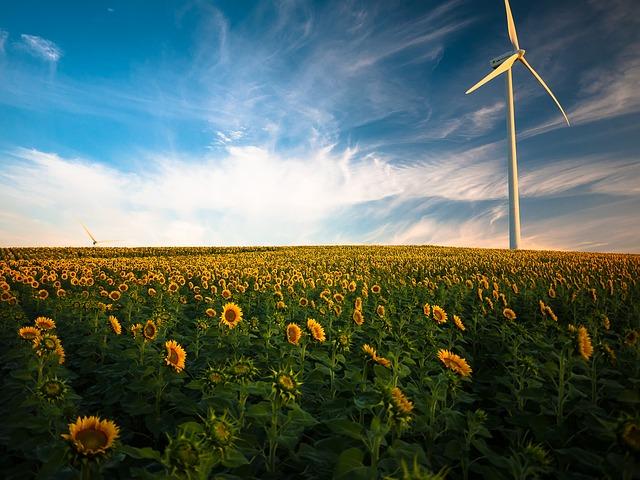- Introduction to Floating Wind Turbines
- How Floating Wind Turbines Work
- Advantages of Floating Wind Turbines
- Challenges in Deployment and Operation
- Global Applications and Future Potential
- Conclusion
- FAQs
- References
Introduction to Floating Wind Turbines
As the world shifts towards renewable energy, more innovative solutions are becoming necessary. One such innovation is floating wind turbines, designed to generate energy from offshore locations where fixed foundations aren't feasible. In this article, we will explore how floating wind turbines work, their benefits, challenges in deployment, and their potential in global energy solutions.
First, we’ll cover the fundamental mechanisms behind floating wind technology before delving into the operative and economic benefits they provide over traditional wind turbines. We will also examine some major challenges faced by the industry and dive into existing global projects as proof points. Finally, we’ll conclude with FAQs to clear common questions and doubts.
How Floating Wind Turbines Work
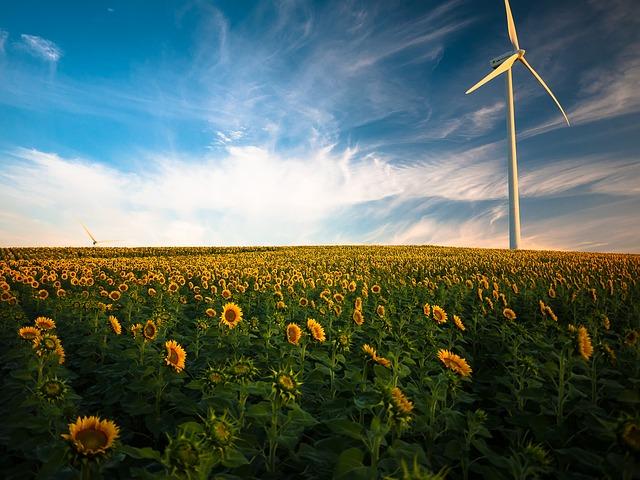
(Image: Pixabay/@Pexels)
Unlike conventional offshore wind turbines that require fixed foundations attached to the seabed, floating wind turbines utilize buoyant platforms to remain afloat, anchored by mooring lines to the seafloor. This flexibility allows them to be installed in much deeper waters where stronger and more consistent winds are available, resulting in higher energy generation efficiency.
A variety of floating platform designs exist today, including spar-buoy designs, semi-submersible designs, and tension-leg platforms. Each varies in terms of stability, cost, and suitability to different ocean conditions. These platforms support the turbine above the water surface while maintaining it steady, even in rough seas.
Energy from these turbines is transferred to an onshore substation via undersea cables, where it's then channeled into a grid. The technology supporting this process has dramatically improved with innovations in undersea cabling and offshore substation design, ensuring that power loss during transmission remains minimal.
Moreover, advancements in turbine technology, such as larger rotor diameters and increased hub heights, have further improved the capacity of floating wind turbines to generate more energy than their land-based counterparts.
Advantages of Floating Wind Turbines
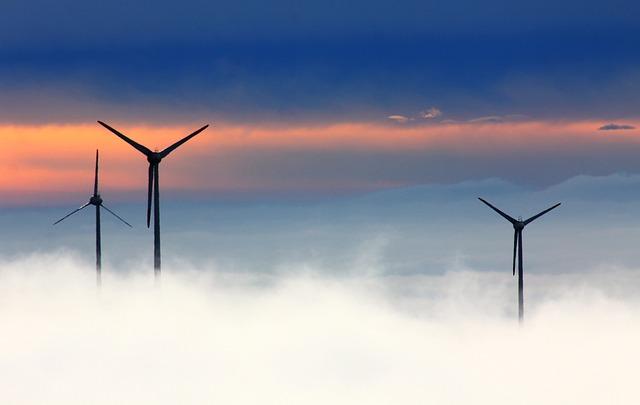
(Image: Pixabay/@Oimheidi)
The main advantage of floating wind turbines is their capability of being deployed in deeper waters where wind speeds are significantly higher and more stable. This means greater energy output per installation compared to turbines situated closer to coasts or onshore.
Another key benefit includes reduced visual pollution. Since they are farther offshore, these wind farms are less visible from land, mitigating concerns related to sightlines and preserving coastal aesthetics. Additionally, floating systems reduce environmental disruption related to seabed anchoring when compared to fixed foundation designs, making them potentially a more eco-friendly option.
Floating wind technology allows countries with deep coastal waters but limited shallow seabeds (such as Japan, Norway, and the west coast of the U.S.) to harness their offshore wind potential without needing to develop expensive shallow-water sites.
Furthermore, there's a significant boost to scalability—floating wind farms can be built out more flexibly (often in areas where seabed-based turbines cannot reach economically viable levels) and provide meaningful acceleration in meeting renewable energy goals internationally.
Challenges in Deployment and Operation
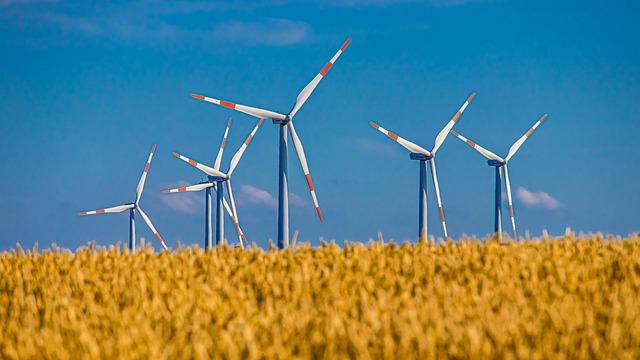
(Image: Pixabay/@Al3xanderD)
Despite many advantages, floating wind turbines come with their fair share of challenges. One of the most pressing issues is the high initial investment. Although costs have been decreasing as the technology matures, floating wind farms remain more expensive to install compared to fixed-foundation wind turbines.
Another complex challenge involves maintenance and weather resilience. Offshore installations are subject to harsh marine climates, including violent storms and corrosive saline environments, which can impact both the lifespan of materials and the safety of operations. This means that regular, sometimes costly, maintenance is necessary to keep turbines functional and secure.
Mooring and anchoring systems for floating turbines must also handle a dynamic environment. Designing flexible yet strong enough systems capable of holding the structure in position is a technical challenge still being optimized. Ensuring that anchors can withstand dynamic soil conditions created by tides and currents adds another layer of complexity.
Lastly, despite promising developments, jurisdictional issues related to maritime space use and transmission licensing often make large-scale adoption a slow-moving process. Regulatory permissions and cross-country coordination are needed for exporting power generated in international waters.
Global Applications and Future Potential
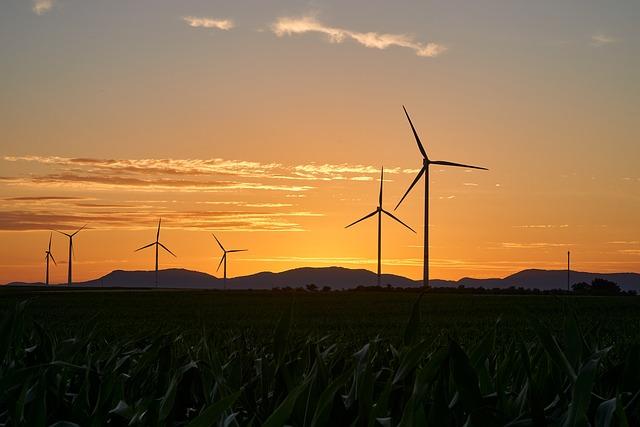
(Image: Pixabay/@distelAPPArath)
Floating wind turbines offer immense global potential. Several countries have already begun investing substantially in floating wind projects, with Europe (particularly the UK, Norway, and Portugal) leading the field. Leading technology companies are also investing in research and development to bring down the cost of floating wind energy and increase its efficiency, which will allow more countries to tap into deeper offshore regions.
In Japan, where steep coastlines prevent the use of traditional offshore wind farms, floating wind solutions provide an opportunity to scale up renewable energy resources, contributing to the country’s goal of phasing out fossil fuels. Similarly, the U.S. West Coast is viewing floating wind technology as a critical component to expanding their energy portfolio without disrupting coastal space or wildlife habitats.
The potential for collaboration between nations offering favorable ocean environments and energy demand regions poses exciting market possibilities. With political goodwill, global cooperation can make floating wind a centerpiece of the world’s clean energy revolution.
Most importantly, as governments worldwide intensify their efforts to combat climate change while ensuring sustainable development, technologies like floating wind turbines will serve as critical solutions for generating green energy without compromising regional ecology or increasing carbon footprints.
Conclusion
Floating wind turbines represent a crucial leap forward in renewable energy as they allow for the deployment of wind farms in deep-sea regions where traditional turbines can't operate. While the challenges associated with implementation and high costs initially weigh on the industry, the enormous upside in energy yield, scalability, and environmental protection means that over time, floating wind will likely become pivotal to nations’ renewable energy strategies.
As innovation, policy incentives, and global cooperation converge, the future looks bright for floating wind turbines to not only expand global wind energy capacity but also drive us closer to achieving net-zero targets.
FAQs
What are floating wind turbines?
Floating wind turbines are offshore wind systems designed to float above deep waters using moored structures instead of traditional seabed-mounted foundations.
How are floating wind turbines installed?
These turbines are mounted on floating platforms and anchored to the seabed with mooring lines. They are placed in deeper waters where winds are stronger and steadier.
Are floating wind turbines expensive to maintain?
Yes, maintenance for floating wind turbines can be expensive due to their remote location and exposure to harsh marine environments. However, ongoing technological innovations aim to reduce these costs over time.
Where are floating wind turbines currently used?
Regions with deep sea conditions such as Japan, the West Coast of the U.S., and European countries like Scotland and Norway are pioneers in deploying floating wind turbines.
What benefits do floating wind turbines offer over traditional offshore turbines?
They allow for deeper water placement, provide access to stronger and more consistent winds, reduce visual pollution, and offer greater flexibility for countries with narrow continental shelves.

